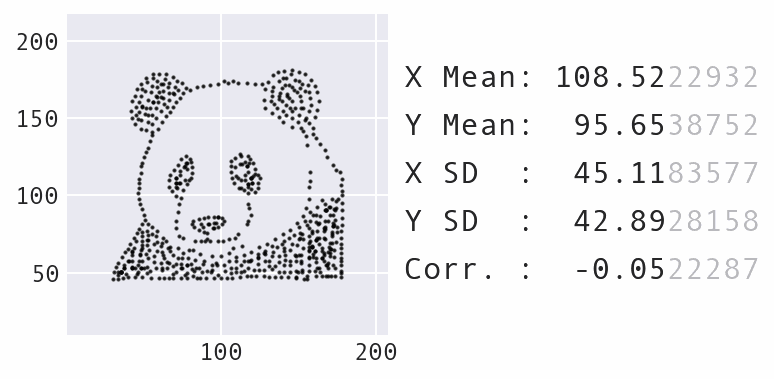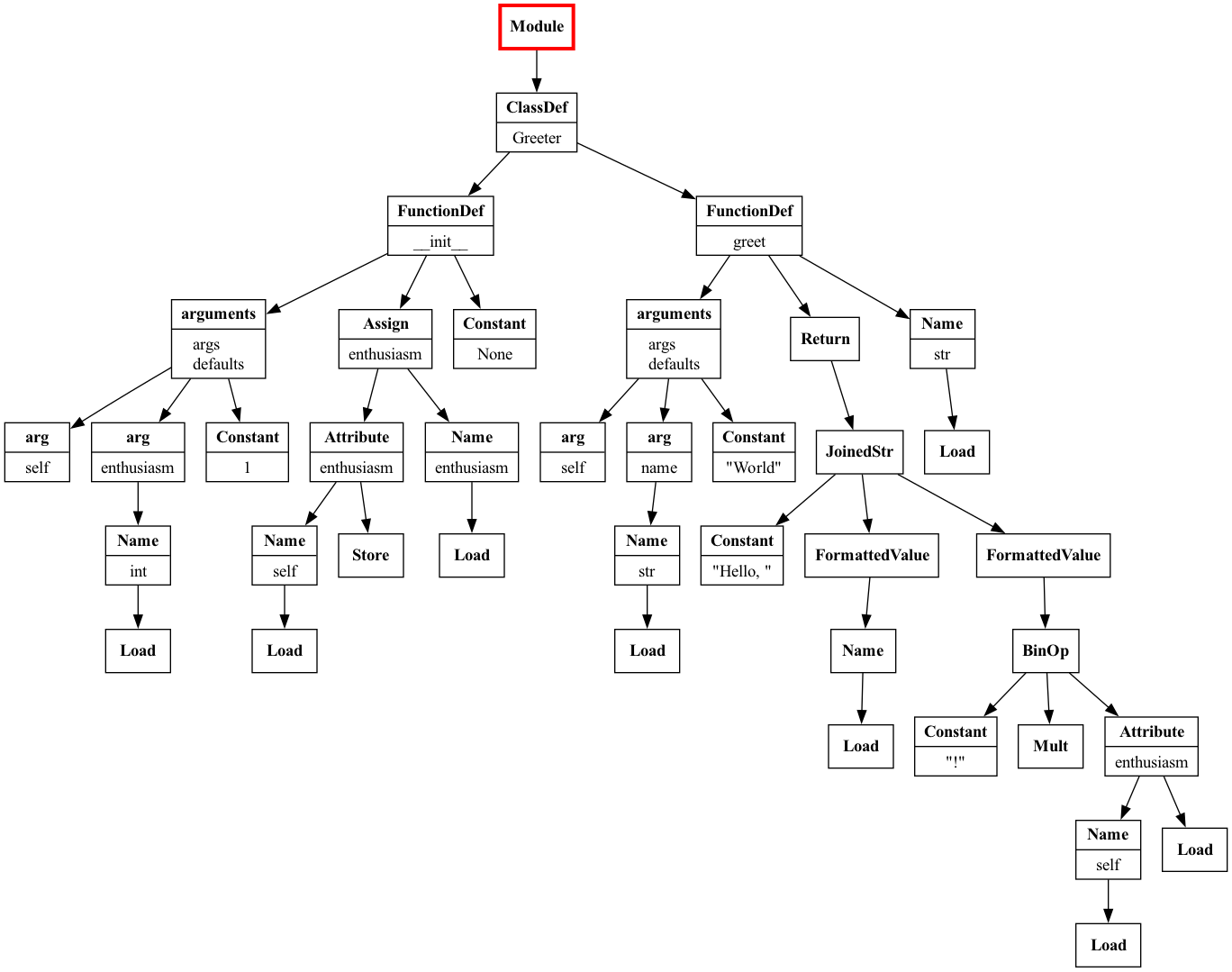Talks
A listing of my conference talks.

The open source community is all about giving back and learning from one another. No matter how small, every contribution is valuable. And everyone can contribute something with a little bit of help. The hardest part is finding something to work on that fits your interests and skills.
In this talk, I will provide five ways that I used to get started contributing to different open source projects. I also share some guidance on selecting projects to contribute to and how to set yourself up for success. Get ready to start your open source journey!

Statistics do not come intuitively to humans; they always try to find simple ways to describe complex things. Given a complex dataset, they may feel tempted to use simple summary statistics like the mean, median, or standard deviation to describe it. However, these numbers are not a replacement for visualizing the distribution.
To illustrate this fact, researchers have generated many datasets that are very different visually, but share the same summary statistics. In this talk, I will discuss Data Morph, an open source package that builds on previous research using simulated annealing to perturb an arbitrary input dataset into a variety of shapes, while preserving the mean, standard deviation, and correlation to multiple decimal points. I will showcase how it works, discuss the challenges faced during development, and explore the limitations of this approach.

Code reviewers often face significant cognitive load. Depending on the project, they must scrutinize the implementation, check that the code adheres to conventions – such as using the latest syntax and language constructs – verify that the code is properly documented, and much more. When performed manually, these code-quality checks can easily monopolize the reviewer's time. As a result, it is a key priority to offload as many tasks as possible onto static code analysis tools – like linters and formatters – so the reviewer can focus on the implementation itself.
How do these tools work, and how could you build one of your own to enforce conventions specific to your codebase? In this keynote, I will walk you through the process of creating a simple static code analyzer in Python using a data structure called an abstract syntax tree, which represents your code's structure and allows you to access its components in order to perform checks.
Event map 🗺️
Click a on the map to see more information.